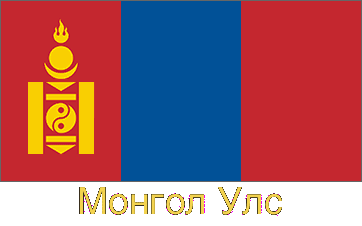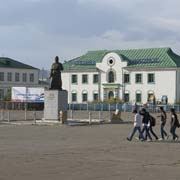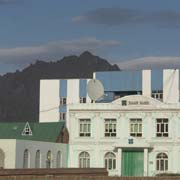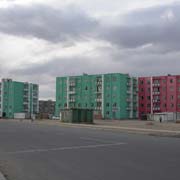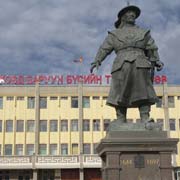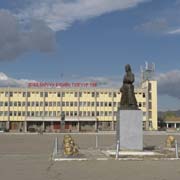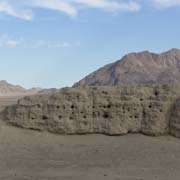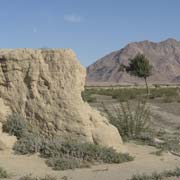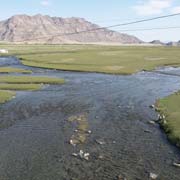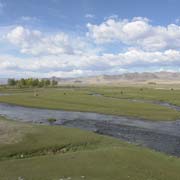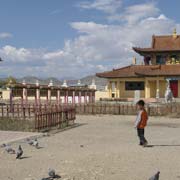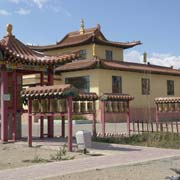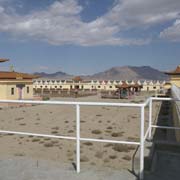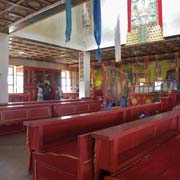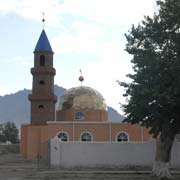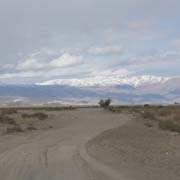Photos of Khovd Province, Mongolia
Khovd Province
Khovd aimag is located in the west of the country, bordering Xinjiang-Uyghur in western China. It is named after the Khovd river that flows into Khar Us Nuur (Dark Water Lake), a freshwater lake, 40 kilometres east of the provincial capital, also named Khovd. The province has an area of 76,060 km² and a population of almost 90,000; it has a very mixed population of Khalkha Mongols, Zakhchin (a subgroup of Oirats), Kazakhs, and many others: more than 17 nationalities and ethnicities.
you may then send it as a postcard if you wish.
Its capital, Khovd, was formerly known as Kobdo or Khobdo and was developed as a centre of trade, business and administration during 200 years when the Qing dynasty ruled here. The Manchus built a military garrison here, and the remains can still be seen in the northern part of the town. The Manchu fort, Sangiin Kherem, now only consists of some crumbling walls, all that is left of the 40,000 square metre compound built around 1762 by the Manchu (Qing dynasty) rulers or “ambans”. It had several temples, a graveyard and the homes of the Manchu rulers. But on 7 August 1912, Mongol troops, with the widespread support of the local people, liberated Khovd, destroyed the Manchu-Chinese garrison and abolished the governance of the Qing-appointed amban.
Gandan Puntsag Choilon Khiid, the largest monastery in western Mongolia, was opened in 2010 and is about 1.5 kilometres to the south of the town of Khovd. It has an impressive wall with 108 stupas around it and monks living in quarters built into those walls. There is also a mosque in Khovd: the town has many Kazakh people, most of whom are Muslim.


